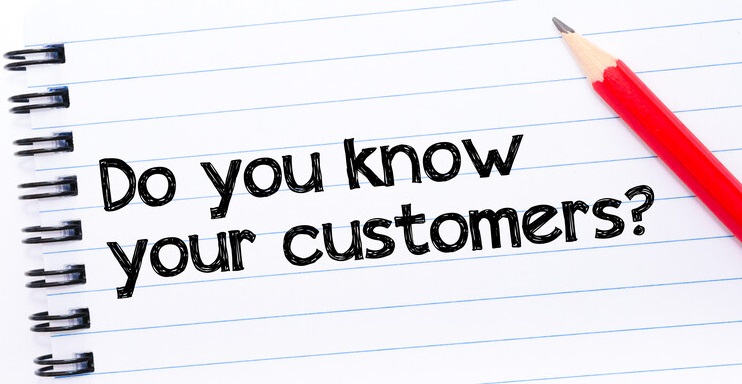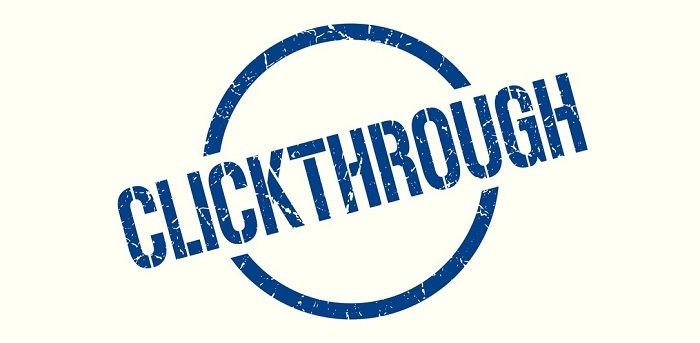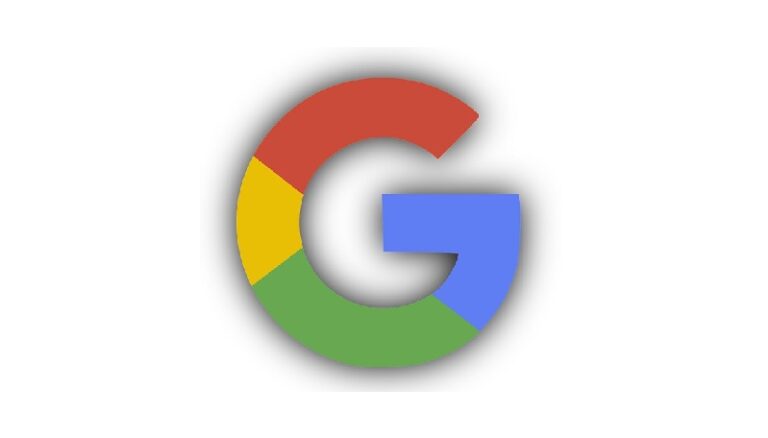How to Match Your Offering to the Customer’s Purchase Intent
What your web site visitors and prospects want should be foremost in your mind. When you solve their issues, you solve your own.
The topic of visitor/shopper intent is likely the most important topic currently in digital marketing. That’s because marketers don’t understand customer’s intent in general and while visiting their website. It’s a big mystery. It’s a complex topic which leads to unique views and also misunderstandings. Let’s take a unique look at the issue of what customers want.
The customer’s intent is more important than demographics, purchase history, keyword choices, and even content analytics. If you’ve been reading up on this topic, you’ll find a variety of perspectives on it. Most are shallow treatments leading to no real actionable plan. It’s complicated, so let’s pull back back a bit to get a broader view.
Billions of Clicks and So Few Sales!
Billions of keyword searches are done every day on Google and Bing. Billions more click on ads to arrive at company websites. I’ve helped clients build traffic in the millions, but leading horses to water doesn’t mean they will drink.
That’s a lot of visitor traffic, yet strangely, conversion rates are surprisingly low. Is it the content, consumer poverty, branding, or web site page speed? Those are actually symptoms of the larger issue we need to discuss.
If a company does survive via a miniscule lead and conversion rate, then doubling or quadrupling that rate could generate outstanding revenue growth. If only we knew why visitors don’t find our website valuable.
So it’s not just a case of capturing traffic although we do need to be good at traffic generation. Zero visitors means zero sales. We’ve got to do better.
What we’re referring to in this post is beyond searcher intent. Whether their search is navigational or transactional, we’re talking more about what drives their desire to buy.
All visitors intend to search, read, navigate and buy. That’s not telling us much. Two very different customers could view the same content and the one who was less qualified ended up purchasing.
You’ll read a lot about keyword intent online because of how popular SEO is. But we’re skipping over that limited info to get at a greater storehouse of insight about visitors. Because keywords don’t tell the whole story.
“Customer intent is what your customer may not be telling you they want” — Tina Nord, Director of Marketing, ultimate.ai.
“Customer intent is defined as “the thoughts directing a customers’ decisions or actions toward a particular purchasing event, and one of the “most important digital initiatives” — premiercontactpoint.com.
In the Dark about What Customers Want
The biggest problem today is that we don’t know enough about what our visitors specifically want — their quest for a solution. But there’s more. After we understand specifically and deeply about what they want, we still have to know to present the solution experience on our website.
So there’s some challenges and work here.
Our challenge is to match a set of compelling benefits that are personalized and relevant to what they must have. And to create the perfect match, we have to do know more about the visitor’s intent. Intent isn’t obvious even if you know the exact keywords they used to search on Google.
There’s some very subtle intangibles behind what the visitor is seeing and experiencing emotionally. It’s more than credibility, trust, and dollar value. Customers are looking for a personal psychological lift to buy a product or hire someone who validates them. Let’s say you’re selling mountain bikes. It’s not the mountain bike. It’s what you say about the prospect who buys your mountain bike brand. Is it consistent with their personal values, ambitions and outlook? Is it expressed in a way that’s moving to them. Do they relate to your story? It’s so personal, and that’s why this pursuit to match intent is so difficult.
Yes, they want to buy a mountain bike, new homes, vacation, new car, or whatever. But their intent is to validate their decisions so they’re consistent with their beliefs, lifestyle choices, self-esteem, and goals. Help them self-validate.
Case Study: Mountain Biking
What is the intent of a mountain bike buyer who is online reviewing mountain bikes that cost many thousands of dollars. Can you sell them one?
How would you learn about these people who like to roll down a mountainside path at Whistler or the Colorado Rockies, and who turn this sport into a lifestyle? Mountain bikers have differing values and beliefs, but they’ve got some similarities too:
- they like the physicality, tension, and exciting adrenalin-inducing thrill of movement and action – they want the dopamine boost
- mountain biking is enjoyable and helps you forget your self-absorption and personal problems
- they like to be part of a unique, prestigious group of people who make their personal social life interesting and meaningful
- they like the feel of mountain villages and the mountain culture
- they like the idea of being young, healthy and ready for new experience
- they like the challenge of overcoming fear, doing something dangerous and dirty for more dopamine
- they like freedom and self-direction of being a rebel
- they like nature and following paths to a great experience and destination
- they like the suspension technology in bikes that helps them make big jumps, drops, and ride elevated wooden ramps
- they revel in pride of ownership of their bike which is their “mountain buddy”
Mountain bikers have images in their minds about all of these things listed above.
If you review many mountain bike websites and forums, you’ll get wind of the voice of this group and what drives them to be part of it. The specifics can be gleaned from the pages. The key though is how is it personally relevant to them.
When your content speaks of trail types, berms, thrilling jumps, popular mountain bike resorts, cable car rides, bike brands, suspension parts, repairs, falls, spills, near misses, ride characteristics, coffee brands, and adrenaline junkie talk, you’re suddenly very relevant.
The Experience We Create
The mountain biking example is excellent because it points out that consumers want to experience the joy we feel about using a product/service. It’s not the buying, it’s the experience it creates for us. And when a seller shares the joyful experience with us, in a personally relevant way, it creates an emotional bond. This is what great content does. They’re going to buy that overpriced mountain bike because you’ve reminded them of why it’s so important to them.
The key then is to immerse yourself into your customer’s lifestyle and know and feel it.
Another example is for a home buyer. Millions of home shoppers hit websites, with a conversion rate of almost zero. Even though there’s hundreds of home to look at, the Realtor never gets a call. The website is dry, barren, with no personal reason for connecting with them. The buyer has personal reasons for choosing a home in a neighborhood. It’s about lifestyle, dreams, living, growth, relaxation, safety, comfort and connection among much more. The house they buy represents all those images.
Smart Realtors know this and they create content that builds a personal connection. It’s empathy, rapport, friendship, and support for helping them achieve the lifestyle the buyer dreams of. The more overlap between the buyer and Realtor, the more likely they’ll connect. If it’s presented well, the buyer will give up on their usual personal prejudices about who they want to work with.
The website and social media content should be all the stuff in that overlap area.
Know What they Want and Get it to them Fast!
Digital marketers must understand what the visitors wants specifically, not just in general. Each visitor has very unique expectations, wants and intent. Unfortunately, we all produce content designed to be generally useful to all. Increasingly, that doesn’t work.
That means there are two issues for content marketers to solve: 1) what is it visitors want, and 2) how do we get them impacted and engaged with a content experience before they leave?
This matter of understanding what each visitor wants specifically is difficult. It will come out of your continuous research. Do they want a high end mountain bike, a fat tire, Whistler resort vacation, or just new biking shorts? Do they want a house with a modern chef kitchen, swimming pool, trees in backyard, open living area and 4 bedrooms? What kind of experience do they want to read about as they shop?
Visitors come and go mysteriously without us being able to ask them. But could they really tell you anyway? They’re barely conscious of why they choose what they buy. It’s all emotions.
A Digital Marketing Performance Review Helps
If we conduct a digital marketing audit, we can get build a better idea of which benefits of our unique value proposition are the deal clinchers. Those details are so important.
For instance, if we provide SEO consulting services within a digital marketing service mix and we know search engine optimization is perhaps the most important benefit most clients want, we can feature the SEO services. If it’s for San Diego businesses as an example, then we tailor it specifically to that target audience. Local businesses often convert better, not because they’re better, but because they appear to be more relevant. And personal relevance is really powerful.
An SEO Consultant can communicate our talent, knowledge of ranking algorithms, technical mastery, expert content, link building and analytics prowess, along with our ranking and big traffic successes. But the prospect likely already knows these things and quite frankly isn’t impressed. The audit can help you resolve these vexing problems.
Relevance and Focus
For any prospect, the issue is that your service isn’t specifically relevant to them, and they’re not convinced your service/product will create the success they envision. Even your copywriting tone of voice sounds tells them whether you’ll be right for them.
Simply by narrowing down your content to focus on a certain customer profile, and a product/service, you’re likely to be more interesting to that smaller group of customers. So the rule then is to present content and deliverables in a more relevant way for your targeted audience. If you’re selling SEO services, you can segment your content by industry: mountain biking, financial, software and IT, retail, hotels and vacations, etc.
But even if you’ve moved them to a specific channel, you still have the task of proving expertise. And the fact they see all that other content on your website may raise doubt that you are a true master of that topic/service. You can save the day, by going deep with authoritative content and covering very specific issues they’re likely having.
Even with a big success with a major brand hotel chain, you must still show you can go beyond the ordinary to create impressive results for their hotel or resort. And you’ll likely have to demonstrate expertise in their sector or geographic market.
Your customer is actually building a case to hire you or buy your product if you can prove you have all the characteristics they need.
The Prospective Customer’s Intent
B2B customer’s intent is usually to acquire the best, exact fit for them. They’re picky and they will compare you to the market leader.
A good practice is study your top competitors and their value proposition. What is it about their brand that makes them so desirable? They likely are focused totally on that small customer segment.
Are Pain Points Relevant?
We’re used to focusing on pain points, but we have to figure out the pleasure points too and which actually drive purchase decisions. Better to list them all and give each a weighting factor.
Fundamental Buyer Intent Factors to Examine:
- confidence – they’re weighing their belief that you’re the best choice, have the power, resources and talent to help them win (and it’s an emotional decision)
- best fit match – they want to know your experience, willingness and knowledge matches their top buying criteria and whether you’ll like working for them
- do you have the exact, perfect service/product features they need?
- did you present your UVP and services as though they were specifically designed for them and their industry (exclusive, specialized)?
- is this the right time to buy from you? Are you ready to serve or do you look too busy?
- best overall value – a general estimate of whether your price is worth it what you’ll deliver just in case you don’t hit the success nail on the head
- outstanding specific talents – are you a master at the top 3 tasks and benefits?
- did you fulfill their investigation experience on your website really well, or was it confusing and disjointed (clarity and satisfaction)?
- did you make them believe they’ll feel good long after after hiring you (without regrets later on)
- did you resolve their specific initial question well, and did they find further satisfaction when exploring your content?
Continuous Learning
It does take time to discover the details of your customer’s intent. Make the commitment to use surveys, collect additional research you find, ask good questions to inquirers, meet with prospects for lunch, and talk to competitor’s customers. Keep building those profiles.
If your goal is market leadership, this task of learning your customer’s intent is essential. Hopefully this exploration gives you some inspiration.
Hopefully it will help you improve your conversion rates and grow revenue.
Find out more about AI Marketers digital marketing services.
Digital Marketing Consultant | San Diego SEO Consultant | Digital Marketing Audit | Marketing Services San Diego | SEO Services | SEO Software | Advanced SEO Consultant | SEO Tips | Realtor Marketing Services San Diego | San Diego Marketing Agencies | San Diego AI | San Diego Business 2022 | SEO Content Strategist Consultant







